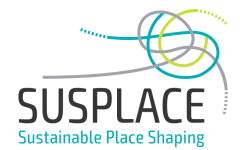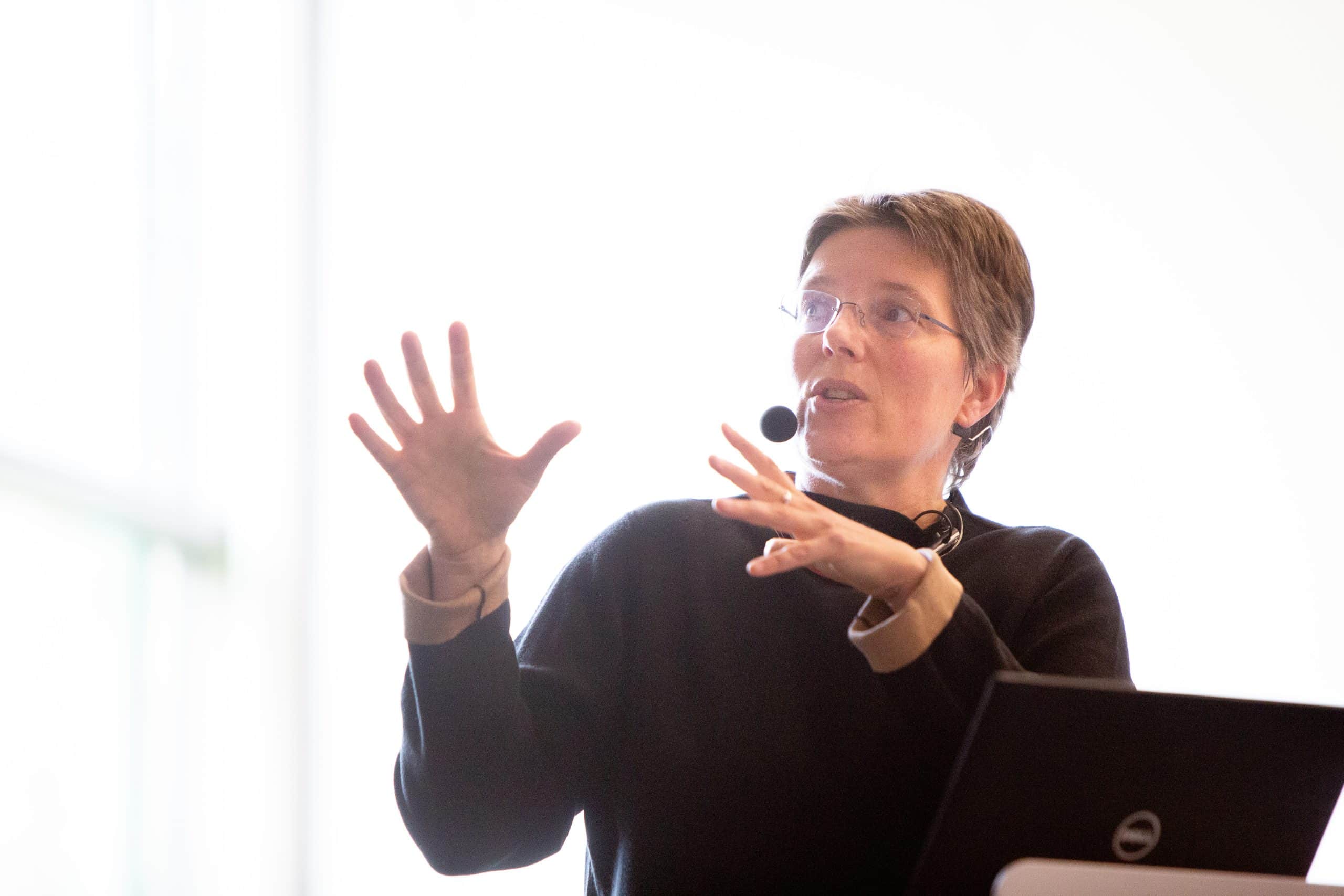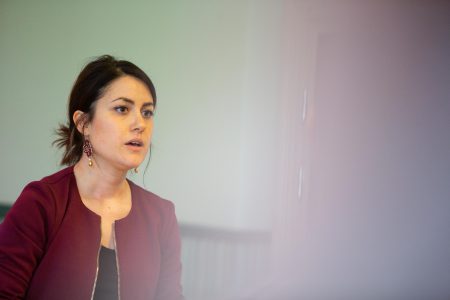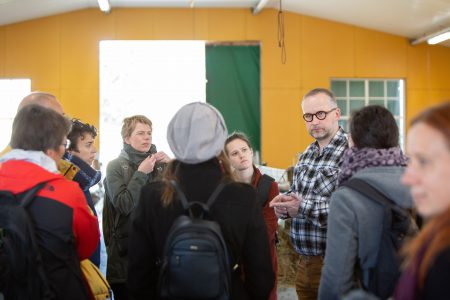This is the third blog in a series, reflecting on the SUSPLACE Final Event that was held from May 8 -10, 2019 held in Tampere, Finland
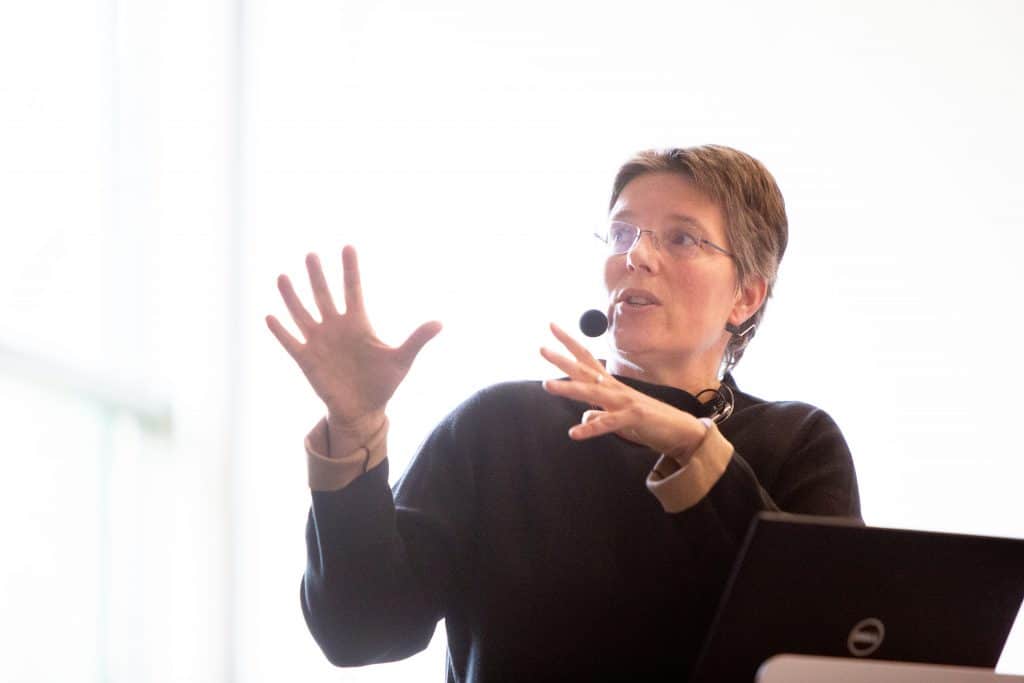
By Timothy Visser – MSc student in Leisure, Tourism and Environment at Wageningen University, The Netherlands
I first came into contact with the notion of ‘engaging people’ through my background in Environmental Anthropology and my interest in indigenous rights. Western researchers and indigenous communities have had a troubled relationship, leading to a debate on decolonizing methodologies and the importance of participatory approaches. As one indigenous participant put it: when talking about participatory methods or engaging people, you should be researching yourself as much as your subject. This has become one of the most important aspects of my research; asking questions about who I am, what I am doing and how I am developing while doing research. In that sense it might be more important to talk about how we engage with people rather than the other way around, which is what I want to focus on in this blog.
Fieldtrip Tikanmäki farm
One thing that stood out for me during the SUSPLACE Final Event, is how we reflected on these issues through discussions about recognizing our personal development and our own vulnerability as researchers. For me, this was especially highlighted during a practice session and a field trip that I attended. It was a joy to explore Tikanmäki farm. The field trip was not just about place, but also about oneself in place, fittingly summarized by one of the farm owners’ – Jukka- as ‘situational awareness’.
Researcher Angela Moriggi invited us to partake in several activities that highlighted the vulnerability of us, the researchers. In what she calls a ‘resourcefulness approach’, Angela asked us to reflect on what we contribute to research, what the principles are of our work and what resources we need to achieve that. Individual reflection and one-on-one discussions of the answers left me feeling vulnerable, but also gave the conversation a lot of meaning. The way Angela positioned herself towards the research location and the research participants exemplified this resourcefulness approach: her open and honest attitude towards the research participants showed vulnerability not often seen in the research field.
Practice Session: Walking and Re-framing Place
It is important to recognize how difficult it is to be vulnerable and to reflect on one’s own contributions to research and especially how this is something that requires constant work. During a practice session with Lorena Axinte and Matthew Quinn we went to four locations to experience places we previously had not visited before. We were asked to take in the locations and answer questions on our immediate observations ; from our professional background but also from our personal background.
The first location was a small beach at the lake and we started with some quick observations and feelings. I’ve always loved lakes and so I felt calm being there. However, something changed when we were asked to observe the same place from our academic backgrounds. I started seeing plastics in the water and obvious signs of human and economic activity at this small beach. I realized what had happened and I could not help but feel a bit disappointed with myself. My immediate reaction to ‘being professional’ was being critical, discerning and quite frankly, negative. I’ve been active in talking about the need for reflection and personal development and yet I was reminded of how this approach requires constant attention and hard work.
Concluding Keynote by Susanne Moser
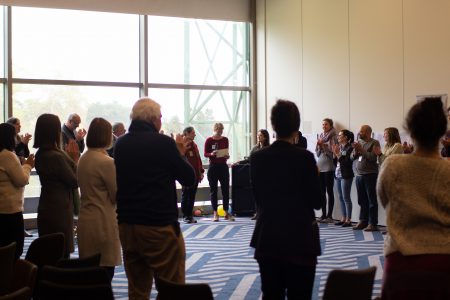
What I have tried to point out here, is that in order to engage with people we first need to learn to engage with ourselves. The SUSPLACE Final Event has illuminated the importance of self-reflection and awareness of yourself in place and in the academic world.
In her keynote speech, Susanne Moser left me feeling hopeful. She did a wonderful job in bringing everything together and I felt comfortable and connected to everyone in the large conference room through all that we had experienced in just a few days. She took her time and made the room feel small to a point where I felt she was giving us all a space to be vulnerable and to reflect.
